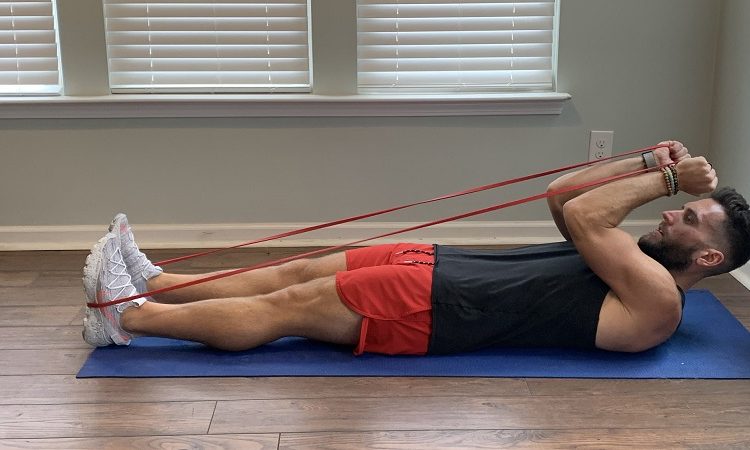
Resistance bands have emerged as a versatile and accessible tool for individuals seeking to enhance their fitness journey. These elastic bands provide a safe and effective way to build strength and endurance, making them a popular choice for both beginners and experienced athletes. When it comes to targeting the triceps, the muscle group responsible for extending the elbow, resistance bands offer a compelling alternative to traditional weights. This guide will explore the benefits of using resistance bands for tricep dumbbell workouts and provide a step-by-step approach for beginners.
Why Choose Resistance Bands for Triceps?
Resistance bands present a compelling alternative to traditional free weights, especially for those new to strength training. Their inherent advantages extend beyond mere convenience. The lightweight and easily portable nature of resistance bands allows for seamless integration into any fitness routine, whether at home, in a hotel room, or even outdoors. Most importantly, resistance bands significantly minimize the risk of injury. The resistance they provide is progressive, increasing gradually throughout the exercise’s range of motion. This controlled tension encourages proper form and heightened muscle engagement, ensuring that movements are executed safely and effectively. This is crucial for beginners still developing their motor skills and body awareness. Moreover, resistance bands represent an incredibly cost-effective solution. The affordability of a set of bands pales in comparison to the expense of purchasing a full set of dumbbells or committing to a gym membership, making them accessible to individuals of all budgets.
Essential Tricep Exercises with Resistance Bands
Several effective exercises can be performed with resistance bands to target the triceps. The Tricep Push-Down is a classic exercise that involves anchoring the band overhead and extending the forearms downwards. The Overhead Tricep Extension requires holding the band overhead with both hands and extending the forearms upwards. The Lying Tricep Extension, performed while lying on the floor, mimics the dumbbell version. These exercises can be modified to suit different fitness levels by adjusting the band’s resistance or the number of repetitions.
Proper Form and Technique for Optimal Results
Maintaining proper form is crucial for maximizing the effectiveness of resistance band tricep workouts and preventing injuries. Before starting any exercise, ensure the band is securely anchored and properly positioned. Focus on controlled movements, engaging the triceps throughout the entire range of motion. Avoid using momentum to complete the exercises, as this reduces the effectiveness and increases the risk of injury. Start with a lower resistance band and gradually increase as your strength improves. If you are unsure of the correct form, consider consulting a fitness professional for guidance.
Progressing Your Tricep Workouts
As you become more comfortable with resistance band tricep exercises, it is essential to progressively challenge your muscles to continue seeing results. This can be achieved by increasing the resistance of the band, adding more repetitions, or performing more sets. Incorporating variations of exercises, such as unilateral exercises (one arm at a time), can also help to challenge the muscles in new ways. Remember to listen to your body and allow for adequate rest and recovery between workouts. With consistency and proper progression, resistance bands can be a valuable tool for building strong and well-defined triceps.




